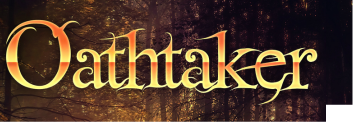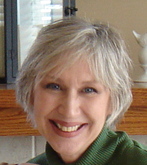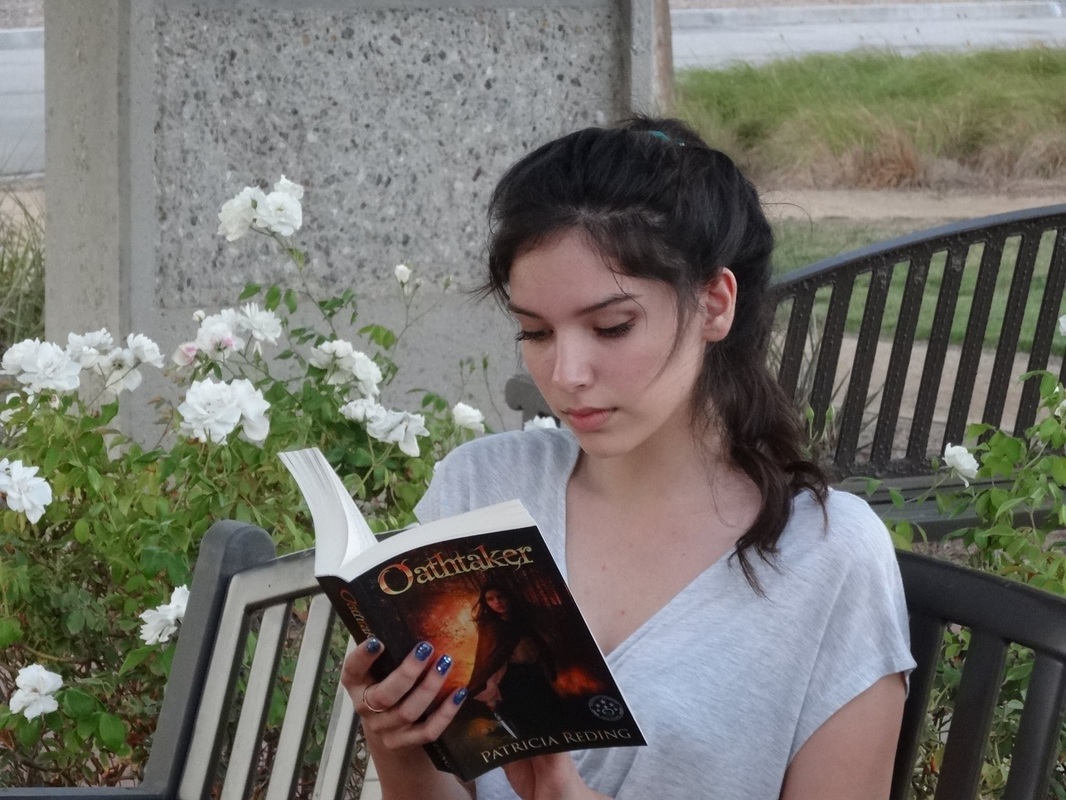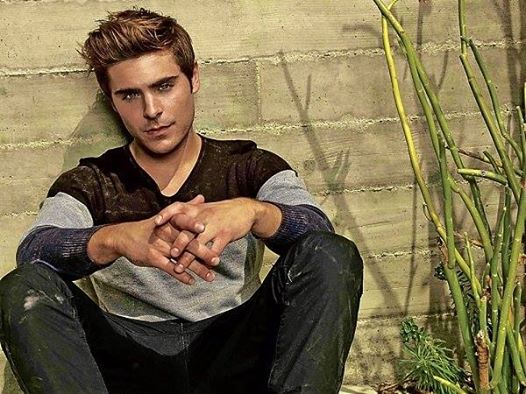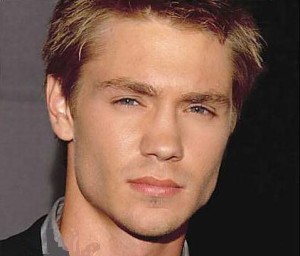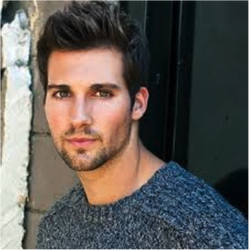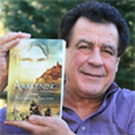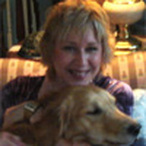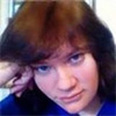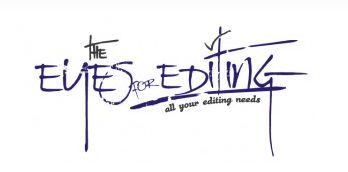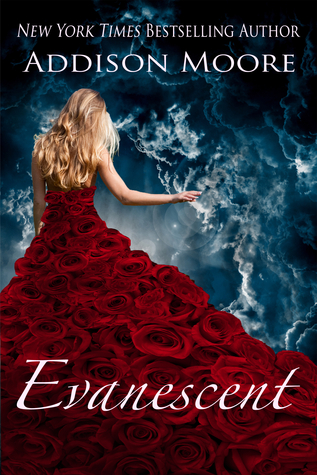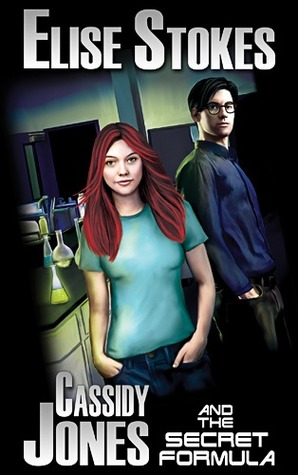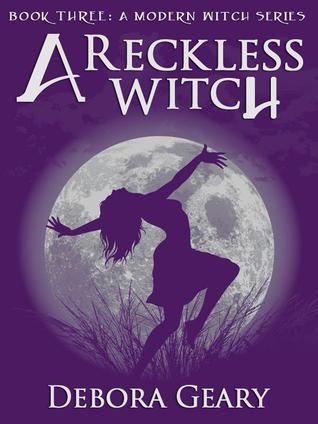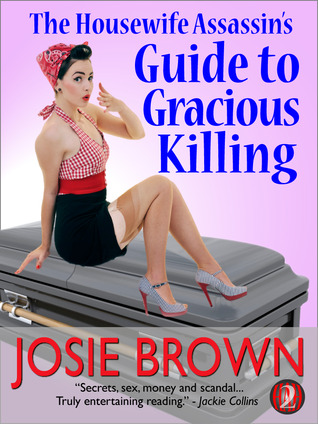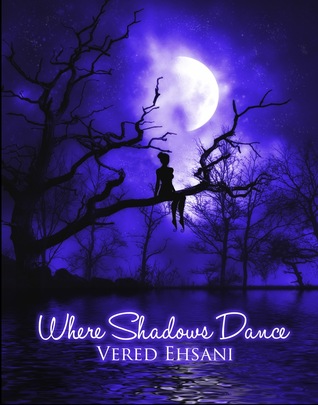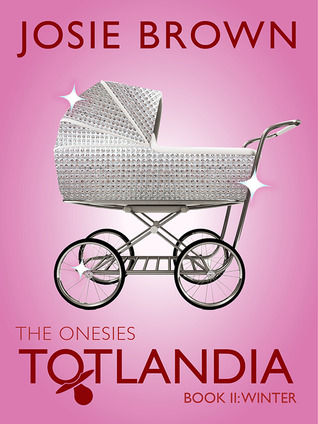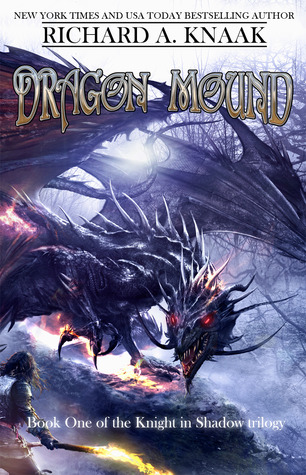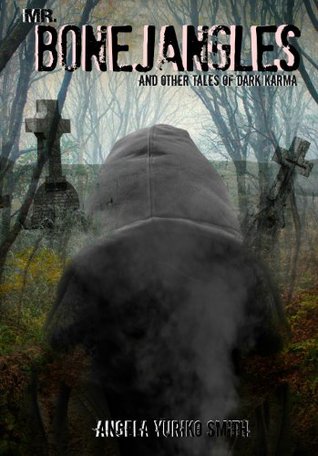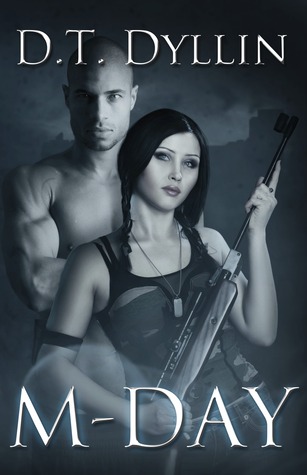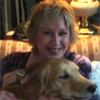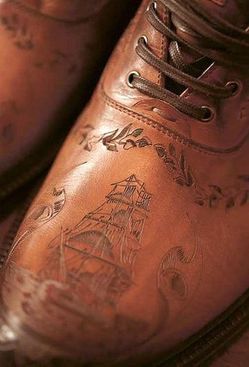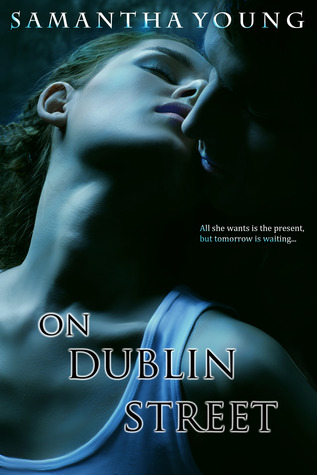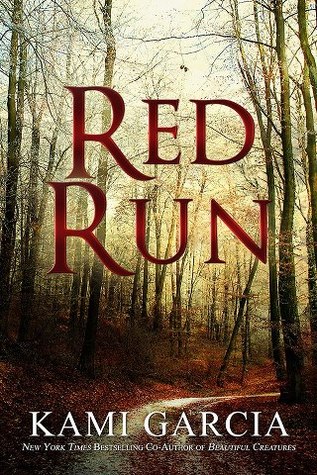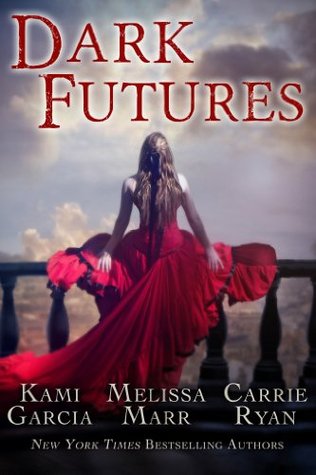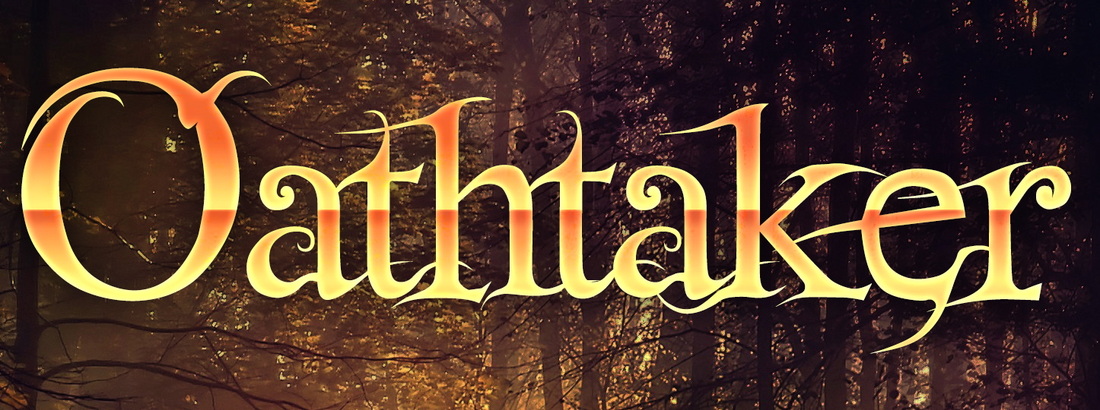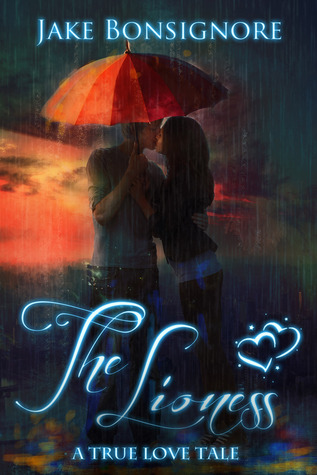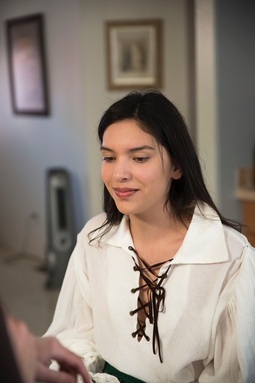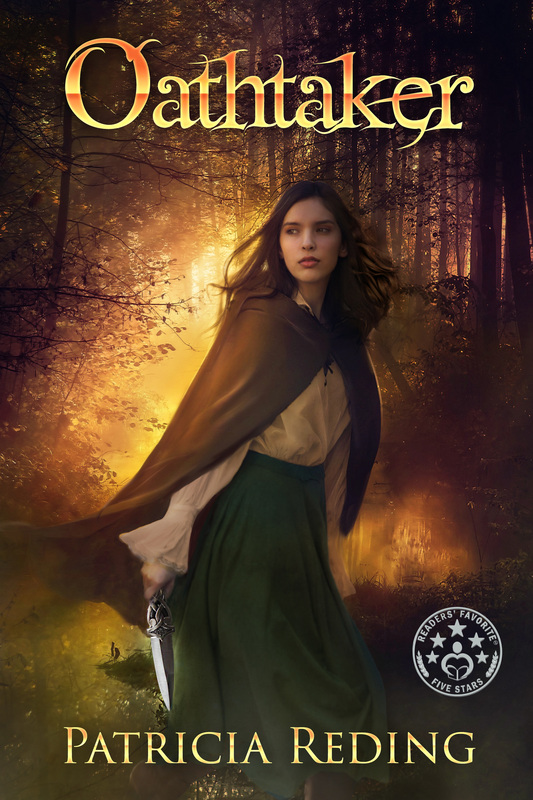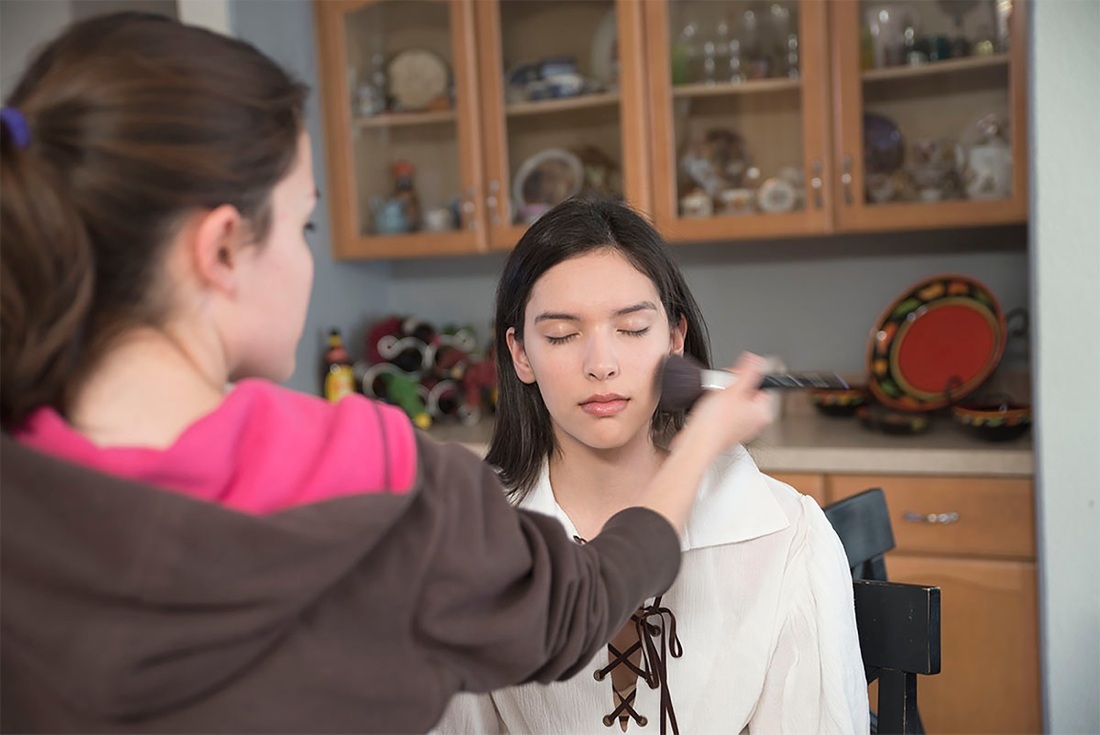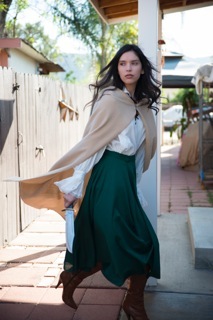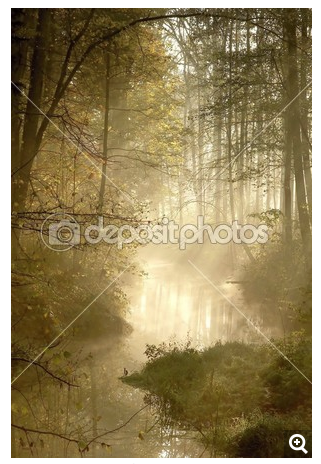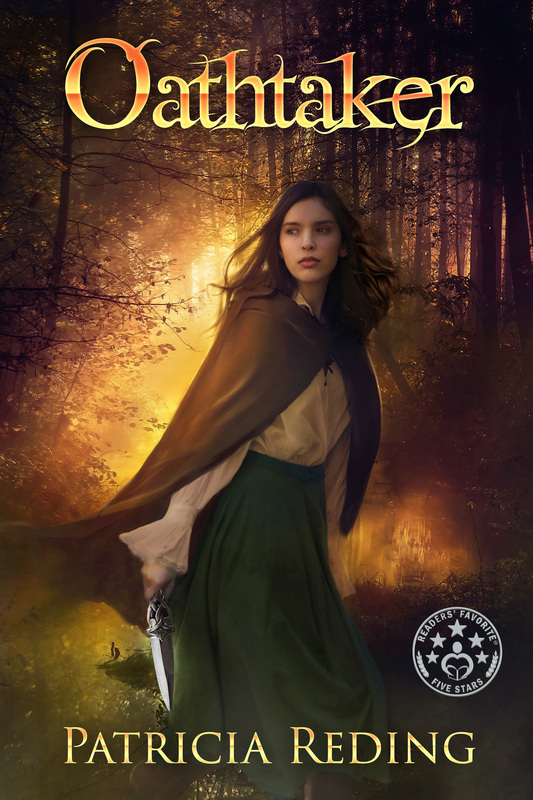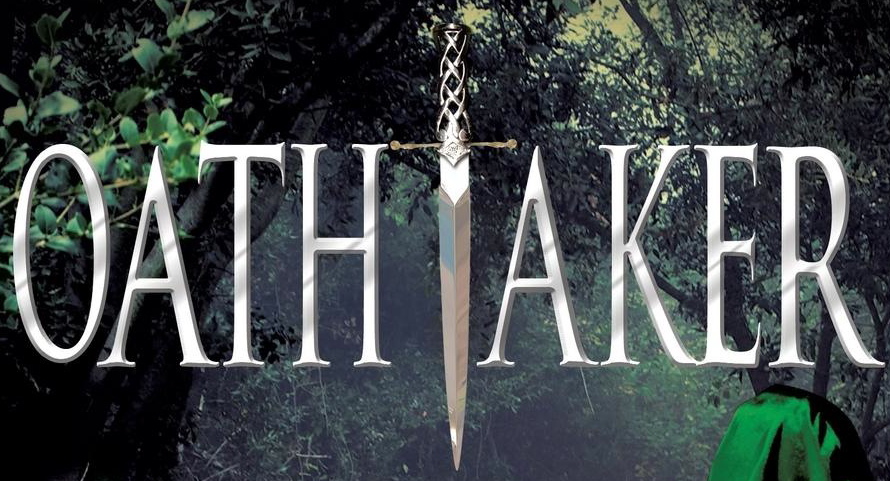I admit I’ve never participated in the event known as NaNoWriMo. I can’t even pronounce it, and I have to check other sources for how to spell it every time I need to use the word, or acronym, or whatever it is. Suffice it to say, I don’t know much about it. Still, from what I’ve heard, it sounds like an amazing venture . . .
The closest I’ve ever come to a NaNoWriMo effort was during a summer week when the rest of my family went camping. Blissfully alone (and, I confess, not lonely), I set out to write the opening of my new story. The words tumbled off my fingertips as though they’d been dying to get out. I’m not sure how many words I wrote that week, but I managed to get out the first five chapters (each with several “scenes”) and to this day, they are some of my favorite. They set the stage for the story, Select, the first sequel to Oathtaker, that I am currently writing. The most fun has been allowing some readers a “sneak peek” at them (and leaving those writers on a cliff!).

So for all of you participating in NaNoWriMo, keep up the good work! I am anxious, come December, to hear about the results of your efforts . . .

You may also have noticed that it is November, and November means NaNoWriMo (National Novel Writing Month). While Patricia is off flitting about the countryside, Kristie and I are knee-deep into the crazy, wonderful writing frenzy that is NaNoWriMo.
Do you know what that means? Hundreds of thousands of people around the world leap headlong into the challenge of writing a novel (50,000 words long!) in thirty days. (Though if I wrote through Thanksgiving Day, I would probably be stuffed and roasted!)
Read more on Robin's site here.

NaNoWriMo or National Novel Writing Month is upon us! If it's possible that you've never heard of it, the NaNoWriMo website says this:
"National Novel Writing Month is a fun, seat-of-your-pants approach to novel writing. Participants begin writing on November 1. The goal is to write a 50,000-word (approximately 175-page) novel by 11:59:59 PM on November 30."
Sound crazy? You bet! But it's wonderful, too. Why?
Read more on Kristie's site here.
Thank you for joining us! We look forward to sharing with you again in December.
